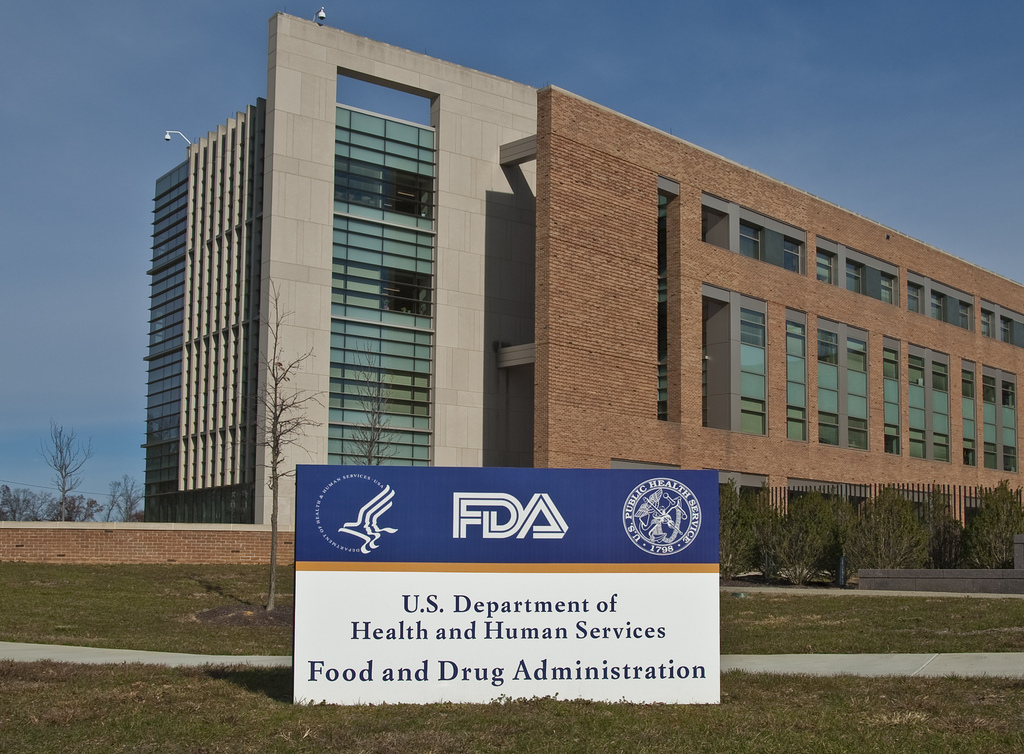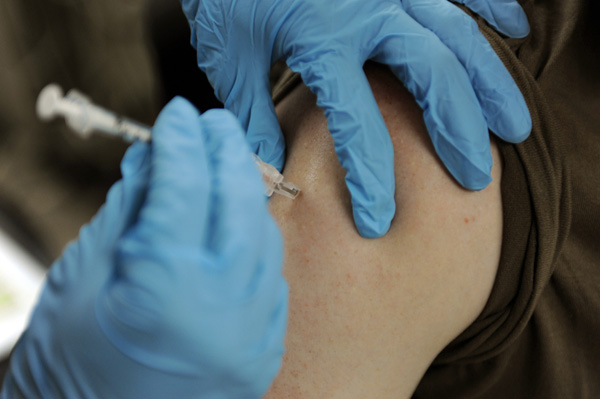The flesh-eating bacterial infection known as Fournier’s gangrene affects only about 1.6 per 100,000 males in the US each year. But according to a new report, that risk can be significantly higher if you are living with type 2 diabetes using a certain type of medication.
The heightened risk appears to be associated with taking Sodium-Glucose Cotransporter-2 (SGLT2) inhibitors, a second-line treatment for type 2 diabetes which promotes glucose excretion through the urine. While most medications carry some degree of risk for adverse events, the seriousness of Fournier’s gangrene cannot go unnoticed.
A new report published in Annals of Internal Medicine cites 55 cases of Fournier’s gangrene among diabetics taking SGLT2 inhibitors over a seven-year period. Cases were reported within five days to 49 months of using the drugs and all patients were deemed “severely ill”.
Fournier’s gangrene, also called necrotizing fasciitis of the perineum, is a life-threatening bacterial infection that affects the external genitalia and surrounding area. The infection rapidly progresses from tenderness and redness to tissue death possibly requiring amputation. Of the 55 cases, eight required fecal diversion surgery, two had required lower extremity amputations and three people died.
SGLT2 inhibitors, first approved by the US Food and Drug Administration (FDA) in 2013, are associated with other adverse events like diabetic ketoacidosis, urinary tract infections (UTIs), acute kidney injury and increased risk of bone fractures. The prevalence of these adverse events has been compiled into similar reports, each presenting mixed results. A report which examined 122 randomized controlled trials concluded that an increased risk for UTIs was the most “plausible” for SGLT2 inhibitors.
Cases of Fournier’s gangrene are extremely rare, making it difficult to explore a causal relationship. Moreover, confounding factors like underreporting and variations in reporting could impact those numbers.
Despite these limitations, the FDA issued a warning last year about Fournier’s gangrene, demanding all manufacturers to update their warning labels on all approved SGLT2 inhibitors. Previously, the agency had issued warnings about life-threatening blood or kidney infections originating from UTIs (2015) and acute kidney injury risk (2016).
SGLT2 inhibitors still appear to be an attractive option for people with type 2 diabetes. In addition to effective glucose controls, some studies report cardiovascular benefits and weight loss as other promising features of SGLT2 inhibitors. Johnson & Johnson, Bristol-Myers Squibb, AstraZeneca, Eli Lilly and Boehringer Ingelheim all have their own versions on the market.
But as more adverse events stream into the FDA database, healthcare professionals and researchers have become increasingly concerned about the drug’s safety. Are drug companies manufacturing and selling these drugs despite being aware of potentially fatal side effects?
These accusations form the basis of over 1,000 lawsuits accrued over several years against Johnson & Johnson’s Invokana (canagliflozin) and AstraZeneca’s Farxiga (dapagliflozin) alone, according to drugwatch. Legal action has prompted several SGLT2 makers to reassess drug safety to win over troubled patients and boost sales.












Join or login to leave a comment
JOIN LOGIN